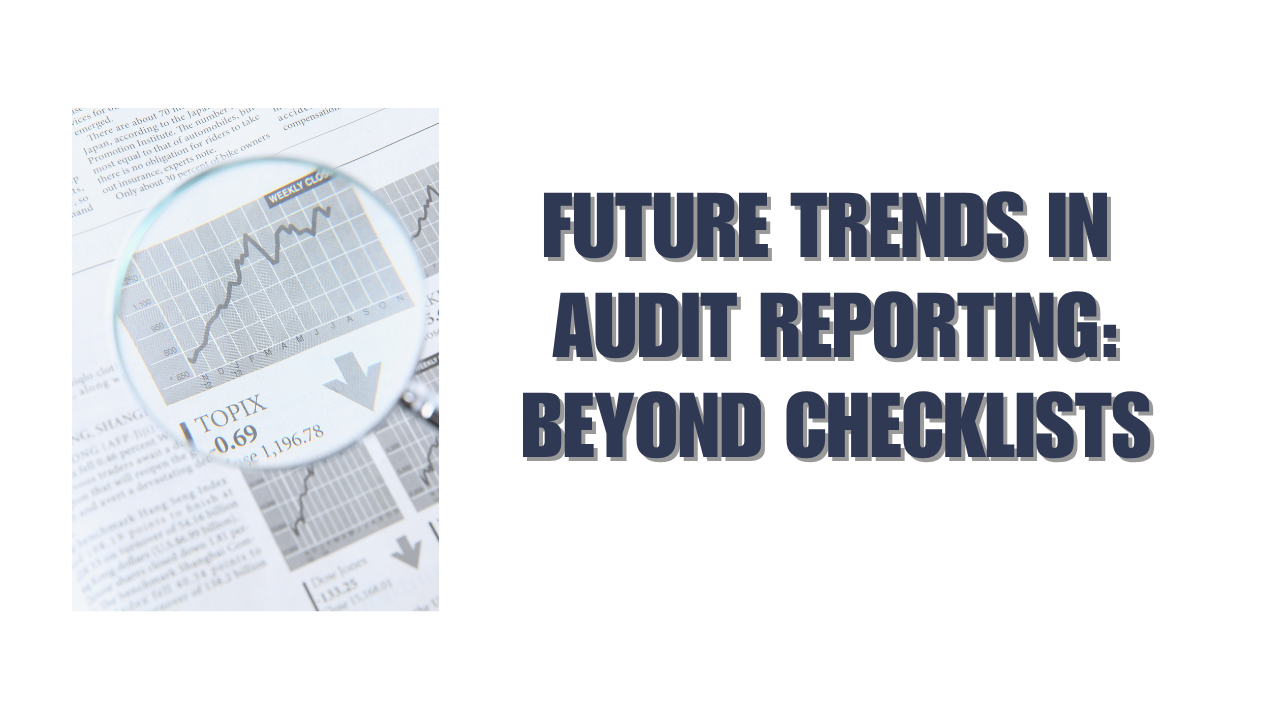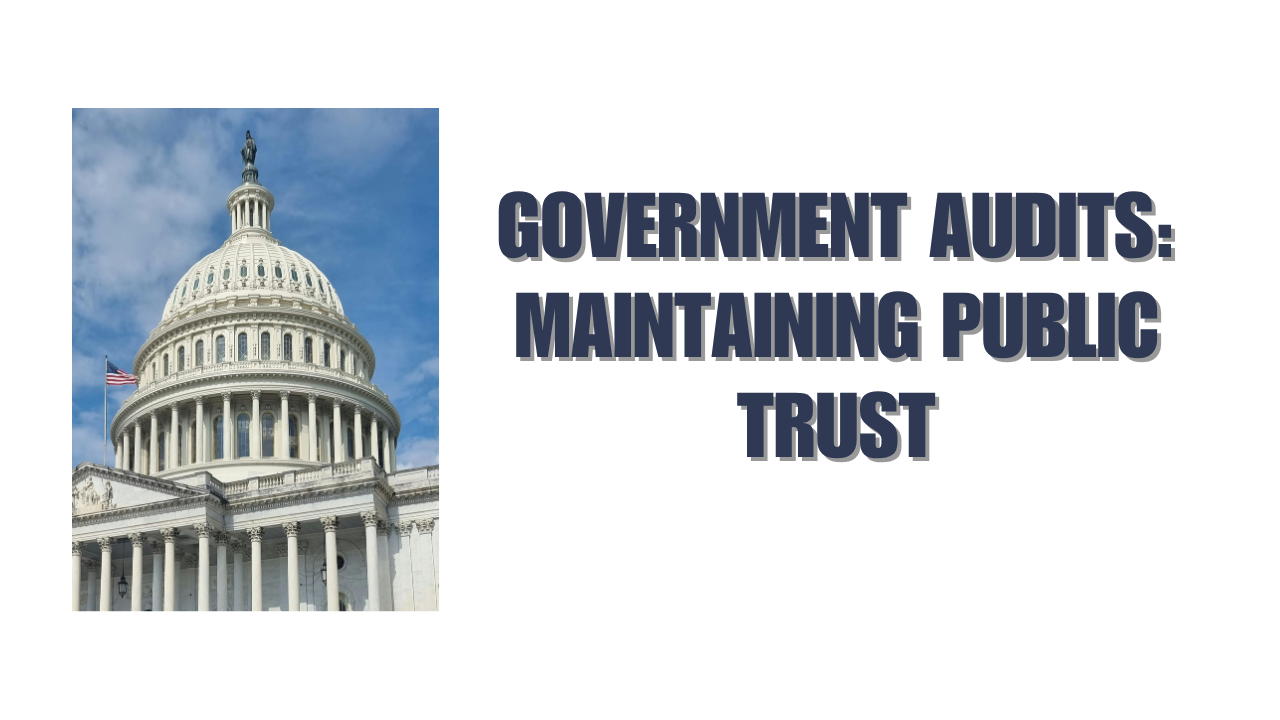Healthcare facilities lose about $12,000 annually per bed due to underutilized medical equipment. This startling fact shows why healthcare compliance should be a priority for medical organizations that want to streamline processes.
Medical organizations must follow regulatory compliance standards to maintain legal requirements, reduce risks and deliver better patient care. The numbers tell the story – hospitals need 59 full-time employees just to handle regulatory compliance. Poor cybersecurity compliance can lead to hefty penalties, damage your reputation and affect patient care quality. Medical facilities now struggle to keep up with evolving regulations as healthcare compliance management grows more complex.
This piece will walk you through the new compliance standards coming in 2025 that medical facilities need to know. We’ll give you useful information about HIPAA updates, OIG work plan priorities and Medicare/Medicaid billing changes to help your organization stay certified and fix common compliance problems before they get pricey.
New Compliance Standards in 2025 Every Facility Must Track
Healthcare facilities must deal with several big regulatory changes in 2025. You need to be proactive with these updates to maintain healthcare compliance and avoid getting hit with pricey penalties.
HIPAA 2025 Rule Updates on Data Sharing and Consent
The HIPAA Privacy Rule got major updates with a compliance date of December 23, 2024. These updates protect reproductive healthcare privacy. The rule stops covered entities from sharing protected health information (PHI) when investigating people who seek or provide reproductive healthcare. On top of that, the Department of Health and Human Services suggested big changes to the HIPAA Security Rule in December 2024. These changes boost cybersecurity protections for electronic PHI. The update removes the difference between “required” and “addressable” implementation specifications. Now all safeguards are mandatory with few exceptions.
OIG 2025 Work Plan Priorities for Risk Areas
The Office of Inspector General released a new strategic plan in October 2024 called “Safeguarding the Integrity of HHS Grants and Contracts”. This plan has three main goals: deepening their commitment to compliance requirements throughout grants and contracts lifecycle, promoting award practices that achieve program outcomes, and building public trust by reducing fraud and mismanagement.
Medicare/Medicaid Billing Revisions Effective Q1 2025
Medical facilities should get ready for possible changes to reimbursement structures and documentation requirements, even though specific Q1 2025 Medicare/Medicaid billing revisions weren’t listed in the factual keypoints. Regular checks of CMS announcements are vital for healthcare regulatory compliance.
HITRUST CSF v11.2 Integration for Cybersecurity Compliance
The HITRUST CSF v11.2 framework blends over 60 regulations and standards into a detailed set of controls. This framework has become accessible to more people globally, with nearly 30,000 users downloading it in the last five years. The updated version offers certification options for AI systems and keeps a Cyber Threat Adaptive approach. This ensures controls evolve with current threats. Organizations with HITRUST certification see a 464% return on investment and much lower breach rates. Only 0.59% of HITRUST-certified environments reported data breaches in 2024.
Healthcare facilities must set up monitoring systems for these changing standards and blend compliance activities into their daily operations to manage healthcare compliance effectively.
Key Areas of Focus for Healthcare Compliance Management
Healthcare compliance checks get stricter every year. Organizations need to stay alert in four critical areas to avoid penalties and run smoothly.
Medical Necessity Documentation Requirements
Medical necessity documents prove why patients need specific services. The Comprehensive Error Rate Testing (CERT) program checks random Medicare claims to verify proper payment under coverage and billing rules. Claims get denied when documents are missing or incomplete. Healthcare providers make common mistakes like incomplete progress notes, missing signatures, and poor details that don’t meet coverage rules. Patient records must include specific details about conditions, symptoms, medical history, and previous treatments to prove medical necessity.
Revenue Cycle Compliance and Billing Accuracy
Healthcare providers lose up to NZD 27.80 billion annually due to revenue cycle problems. Complex payer policies lead to more claim denials, which strain finances and need extra work to fix. Organizations are taking steps to reduce these challenges by:
- Using automated compliance tools to speed up billing
- Training staff regularly on new coding rules
- Improving how they explain financial responsibilities to patients
Credentialing and Licensure Verification Standards
The National Committee for Quality Assurance has updated its Credentialing Product Suite for 2025. NCQA-Accredited Organizations must now complete primary source verification in 120 days instead of 180. They must also check providers’ licenses, board certifications, and malpractice history monthly within 30 calendar days of the last check.
Patient Privacy and EHR Access Controls
The HIPAA Security Rule demands specific protection for electronic health information. Basic safeguards include unique IDs to track data access, encrypted storage, and audit trails that record who accessed information and what changes they made. Healthcare organizations need resilient access controls to ensure only authorized staff can view or change patient records.
Tools and Technologies Supporting 2025 Compliance
Healthcare organizations need specialized technology to manage their complex compliance requirements. The right tools help facilities stay ahead of regulatory changes and avoid costly penalties.
Audit Tracking Software with Immediate Alerts
Modern audit tracking systems log every interaction with protected health information (PHI). These systems create permanent records that teams can check for unusual patterns. Staff can track all activities and keep revision history to stay audit-ready. The system alerts the core team about possible compliance issues or upcoming deadlines, which prevents compliance failures.
EHR System Improvements for HIPAA Compliance
Starting 2025, EHR systems must add better security features like end-to-end encryption, multi-factor authentication, and detailed access logs. Organizations should upgrade to HIPAA-audited servers that offer improved security like network segmentation and better configuration management. Yes, it is now mandatory to log all sent, received, and encrypted communications.
Automated Risk Assessment Tools for Internal Audits
AI-powered risk assessment tools have altered the map of healthcare compliance evaluation. Companies using these tools cut their audit times by 40% while getting 30% better accuracy scores. These systems analyze past audit reports, organization’s data, and industry trends to create custom risk assessments. On top of that, they watch multiple regulatory frameworks at once, which reduces audit fatigue by a lot.
Compliance Management Platforms with Policy Libraries
Policy management platforms work as central hubs for all compliance documents and create a single source of truth. These platforms typically include:
- AI-enabled search to find information quickly
- Automatic links to TJC, DNV, and CMS standards
- Version control that shows only current policies
- Features that track when staff acknowledge policies
These tools turn static documents into searchable resources that spot compliance gaps and drive accountability.
Monitoring, Reporting, and Corrective Action Plans
Healthcare compliance programs in 2025 need proactive monitoring as their foundation. Healthcare organizations need resilient oversight systems to be proactive about regulatory requirements and reduce compliance risks.
Internal Audit Cycles and Self-Assessment Checklists
Organizations need evidence-based auditing to identify compliance gaps. They should perform internal audits at least annually. High-risk areas like data security need more frequent assessments – quarterly or twice yearly. These audits should target care areas that have clear evidence about effective practices and strong recommendations based on the GRADE approach. Healthcare facilities can use self-assessment checklists as their first step in the audit process. These checklists help them find potential weaknesses before formal evaluations begin.
Corrective Action Plan (CAP) Templates and Timelines
Organizations must submit corrective action plans within 30 calendar days after finding deficiencies. A CAP that works needs:
- Clear problem statement identifying the deficiency
- Specific action steps to address the issue
- Realistic timeline for implementation
- Required resources and responsible parties
- Expected completion date for full compliance
Organizations must show they’ve taken remedial action and made measurable progress toward acceptable compliance when issues need long-term fixes.
Training Programs for Healthcare Compliance Certification
Success depends on well-trained compliance officers. Certified Healthcare Compliance Officer (CHCO) programs cover everything in HIPAA regulations, the Affordable Care Act, Stark Law, and Anti-Kickback Statute. Health Care Compliance certificates from universities prepare professionals through specialized coursework. The Compliance Certification Board (CCB) accredits these programs, and graduates can take certification exams.
Follow-Up Audits and Continuous Quality Improvement
Continuous quality improvement (CQI) works as a cyclic, reflexive process. It identifies gaps, generates data, implements action plans, evaluates performance, provides feedback, and proposes adjustments. CQI looks at organizational processes and systems as mechanisms of compliance failures instead of blaming individuals. The process needs careful documentation of all activities. This documentation creates transparency and provides a roadmap for ongoing healthcare regulatory compliance.
Conclusion
Healthcare compliance standards continue to evolve at a rapid pace. Medical facilities must prepare proactively for 2025. Medical organizations should stay vigilant about the most important regulatory changes discussed in this piece. HIPAA updates will change data sharing protocols and patient consent requirements fundamentally. OIG’s strategic plan targets specific risk areas that need immediate attention.
Healthcare facilities should prioritize four critical compliance areas: complete medical necessity documentation, accurate revenue cycle management, thorough credentialing verification, and resilient patient privacy protections. These fundamental components create the foundation of any successful compliance program.
Technology plays a significant role in meeting these expanding requirements without doubt. Audit tracking software, improved EHR systems, automated risk assessment tools, and complete compliance management platforms give medical facilities the capabilities they need to maintain regulatory adherence. Organizations should review their existing technological infrastructure and identify potential upgrades needed to satisfy 2025 standards.
Healthcare organizations must establish structured monitoring processes through regular internal audits, self-assessments, and corrective action plans. Staff members need proper training to understand their compliance responsibilities and respond appropriately when issues arise.
Non-compliance costs extend way beyond monetary penalties. Patient trust, organizational reputation, and operational efficiency suffer when compliance failures occur. Facilities that accept these new standards position themselves for green growth while delivering higher quality patient care.
Healthcare compliance might seem overwhelming at first glance. By systematically addressing each regulatory requirement and building resilient systems to monitor adherence, medical facilities can guide themselves through this complex world successfully. Compliance becomes less about avoiding penalties and more about meeting our fundamental commitment to patient safety and healthcare excellence.
FAQs
Q1. What are the key HIPAA updates for 2025 that healthcare facilities should be aware of?
The HIPAA Privacy Rule has been updated to protect reproductive health care privacy, prohibiting the disclosure of protected health information for investigating or imposing liability on persons seeking or providing such care. Additionally, the HIPAA Security Rule has been modified to strengthen cybersecurity protections for electronic protected health information, making all safeguards mandatory with limited exceptions.
Q2. How can healthcare facilities ensure compliance with new Medicare/Medicaid billing revisions?
While specific Q1 2025 Medicare/Medicaid billing revisions weren’t detailed, healthcare facilities should regularly monitor CMS announcements for potential changes to reimbursement structures and documentation requirements. Implementing automated compliance solutions, providing regular staff training on updated coding standards, and enhancing patient communication about financial responsibilities can help ensure billing accuracy and compliance.
Q3. What are the new credentialing and licensure verification standards for 2025?
The National Committee for Quality Assurance has updated its Credentialing Product Suite for 2025. Primary source verification timeframes have been reduced from 180 to 120 days. Organizations must also conduct monthly checks on enrolled providers’ licensure status, board certification, and malpractice history within 30 calendar days of the previous verification.
Q4. How can healthcare organizations improve their patient privacy and EHR access controls?
Healthcare organizations should implement robust access control mechanisms ensuring only authorized personnel can view or modify patient records. This includes unique user identification to track access to sensitive data, encryption of stored information, and audit trail features recording who accessed information and what changes were made. Regular staff training on privacy protocols is also essential.
Q5. What tools are available to support healthcare compliance management in 2025?
Several advanced tools are available to support compliance management, including audit tracking software with real-time alerts, EHR system enhancements for HIPAA compliance, automated risk assessment tools for internal audits, and compliance management platforms with policy libraries. These tools can help streamline compliance processes, improve accuracy, and reduce the risk of violations.






